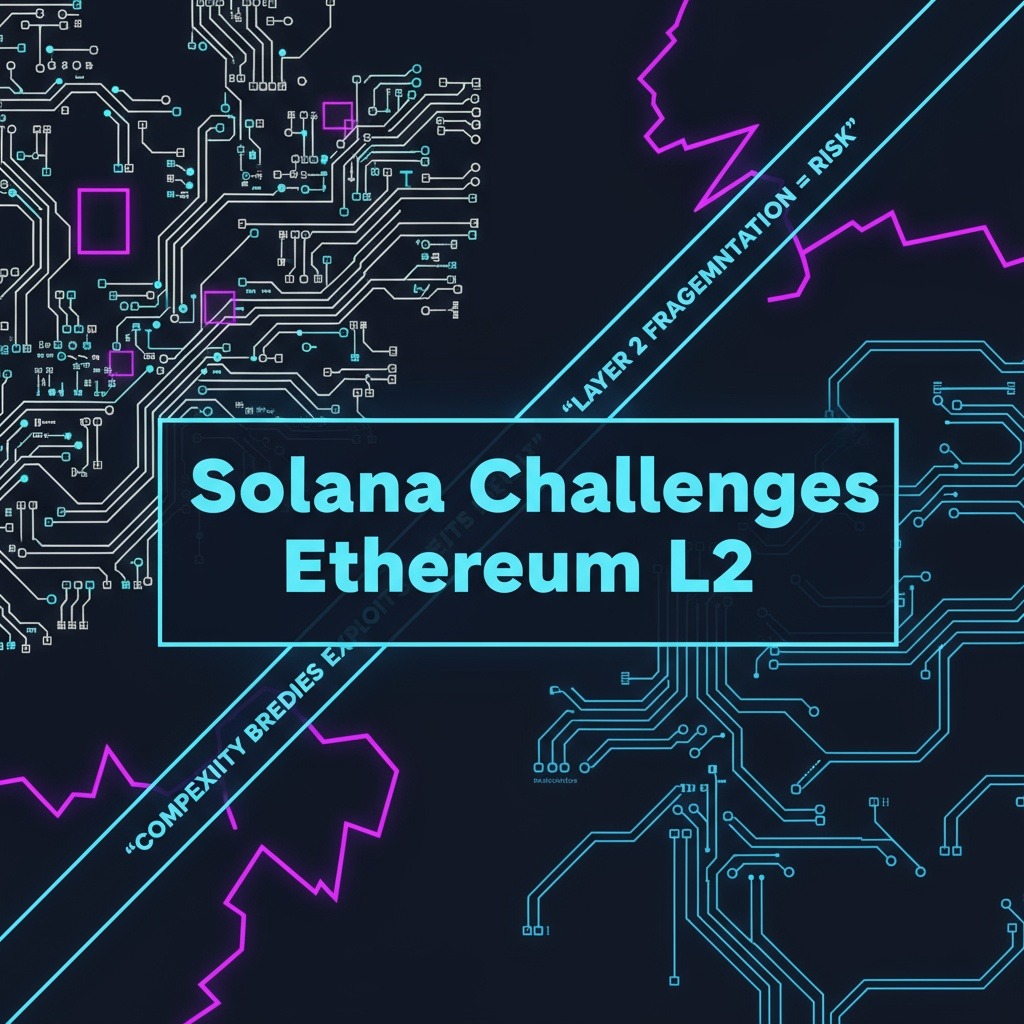Solana co-founder Anatoly Yakovenko has raised serious concerns regarding the security and decentralization of Ethereum’s layer-2 (L2) scaling solutions during a recent industry discussion. Yakovenko emphasized that the widely held belief that L2s inherently inherit Ethereum’s layer-1 (L1) security is fundamentally flawed.
According to Yakovenko, these L2 solutions expose users to significant risks due to their extensive attack surfaces and complex codebases, which hinder thorough auditing for potential software vulnerabilities. He also pointed out that user funds on these networks, which often rely on multi-signature custody arrangements, can be moved without explicit user authorization, further compounding the security issues.
In the course of the debate, Yakovenko stated, “The claim that layer-2s inherit ETH security is erroneous.” He elaborated by comparing the situation to the wormhole bridge operating on Solana and Ethereum, noting that even after five years of L2 development efforts, the security risks persist in a similar manner across solutions, yet they still generate comparable revenue for Ethereum L1 stakers.
This conversation underscores an ongoing tension within the blockchain community regarding the impact of layer-2 networks on Ethereum’s ecosystem. While some see L2s as essential scaling tools that enhance throughput and usability, others worry about their possible drawbacks on security and on the economic dynamics of Ethereum’s mainnet.
Currently, there are 129 verified Ethereum L2 networks listed on L2Beat, with an additional 29 networks pending review. This rapid expansion has led to divergent opinions on whether the ecosystem has too many such solutions.
Adrian Brink, co-founder of the layer-1 blockchain protocol Anoma, expressed the view that the number of L2s exceeds the necessary amount by a factor of ten. Conversely, others in the industry view the proliferation positively. For instance, Igor Mandrigin, co-founder of the blockchain infrastructure provider Gateway.fm, argued that a growing number of L2s reflects healthy network diversification and ecosystem development for Ethereum.
Anurag Arjun, co-founder of Avail and affiliated with the Polygon network, reinforced this perspective by highlighting that each L2 essentially operates as a high-throughput blockchain, thereby expanding the range of scaling options available to Ethereum users.
However, concerns also extend to the financial implications for Ethereum’s base layer. Research from Binance Research suggests that the surge in L2 utilization is fragmenting liquidity and decreasing transaction revenue for the Ethereum mainnet. These layer-2 networks offer significantly lower fees, which can divert activity—and thus fee income—away from the L1 blockchain.
As the Ethereum community continues to innovate and expand its scaling solutions, the debate over balancing security, decentralization, scalability, and economic incentives remains a focal point of discussion.



